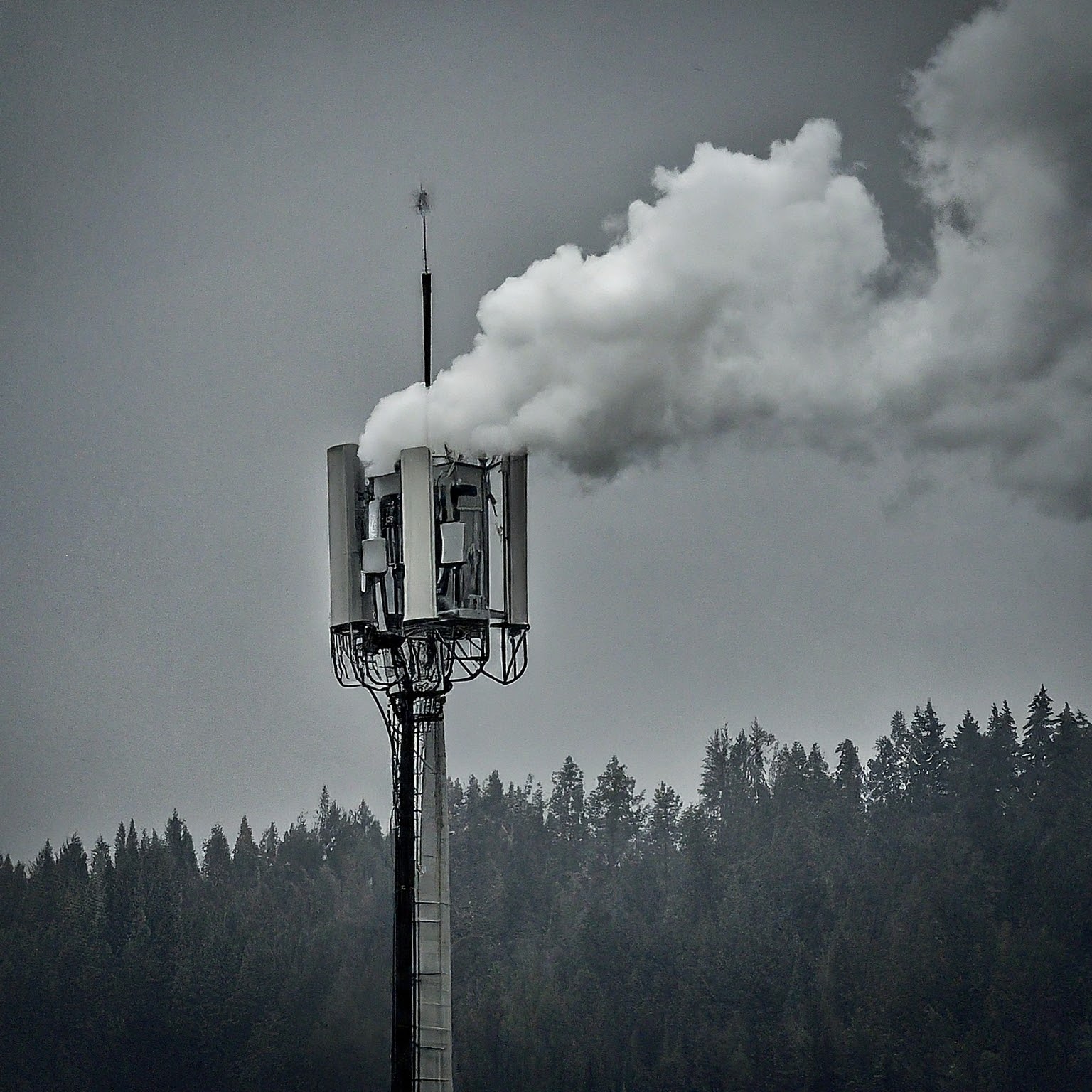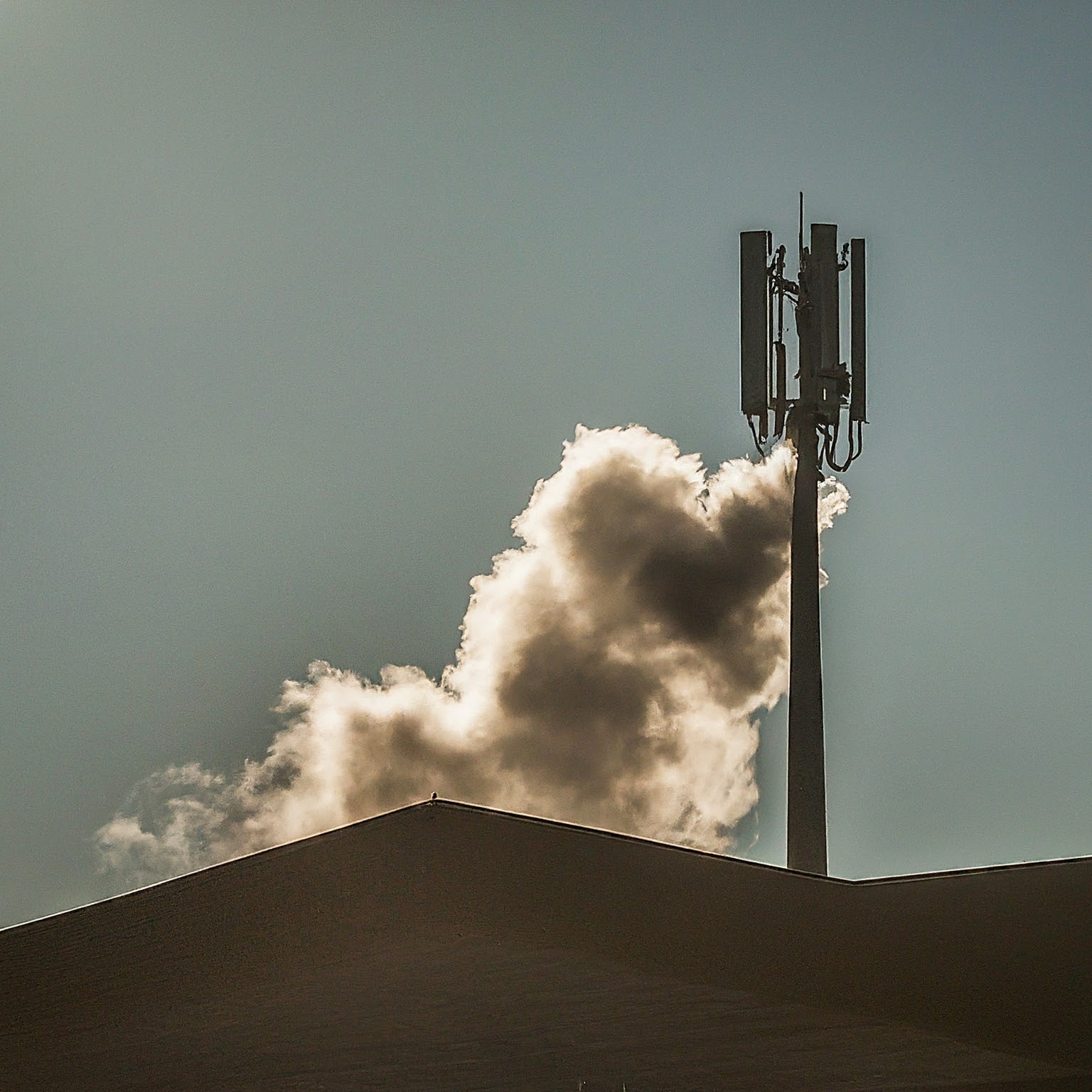In today’s digitally interconnected world, reliance on cellular networks for communication, information, and essential services has become ubiquitous. However, cellular outages can disrupt lives and businesses, highlighting the fragility of our dependence on wireless technology. This article explores the causes, impacts, and strategies for coping with cellular outages.

Understanding Cellular Outages
A cellular outage occurs when a disruption in the cellular network prevents users from making or receiving calls, sending text messages, or accessing mobile data. These outages can range from localized disruptions to widespread service interruptions.
Causes of Cellular Outages
Several factors can contribute to cellular outages:
- Network Congestion: Excessive network traffic, often during peak usage times or major events, can overwhelm cell towers.
- Equipment Failures: Malfunctions in cell towers, switches, or other network infrastructure can cause service disruptions.
- Natural Disasters: Severe weather conditions like hurricanes, tornadoes, or wildfires can damage or destroy cell towers.
- Human Error: Accidental damage to cables or equipment can lead to localized outages.
- Planned Maintenance: Carriers may schedule planned outages for network upgrades or repairs.
Impact of Cellular Outages
Cellular outages can have far-reaching consequences for individuals and businesses:
- Communication Disruption: Inability to connect with family, friends, or colleagues.
- Emergency Access: Difficulty contacting emergency services in case of emergencies.
- Economic Loss: Disruption of business operations, leading to financial losses.
- Public Safety: Challenges in coordinating emergency response efforts.
- Social Isolation: Increased feelings of isolation and dependence on technology.
Coping with Cellular Outages
While cellular outages can be frustrating, several strategies can help you cope:
- Alternative Communication: Utilize landline phones, email, or social media for communication.
- Emergency Preparedness: Have a plan for emergencies, including contact information for important people and local authorities.
- Public Charging Stations: Locate public charging stations for your mobile device.
- Power Banks: Carry a portable power bank to keep your phone charged.
- Wi-Fi Calling: If available, enable Wi-Fi calling on your phone for backup connectivity.
The Role of Carriers in Mitigating Cellular Outages
Cellular carriers play a crucial role in preventing and mitigating cellular outages:
- Network Investment: Continuous investment in network infrastructure to improve reliability.
- Redundancy: Implementing backup systems and redundant equipment.
- Emergency Response Plans: Developing comprehensive plans for handling major outages.
- Customer Communication: Providing timely updates and information to affected customers.
The Future of Cellular Networks
The telecommunications industry is constantly evolving to improve network resilience and reduce the frequency of cellular outages. Advancements in technology, such as 5G and satellite communication, offer potential solutions for overcoming challenges.

Conclusion
Cellular outages can be disruptive, but by understanding the causes and implementing effective coping strategies, individuals and businesses can minimize their impact. As technology continues to advance, we can expect increased reliability and redundancy in cellular networks, reducing the likelihood of future outages.
لا تعليق